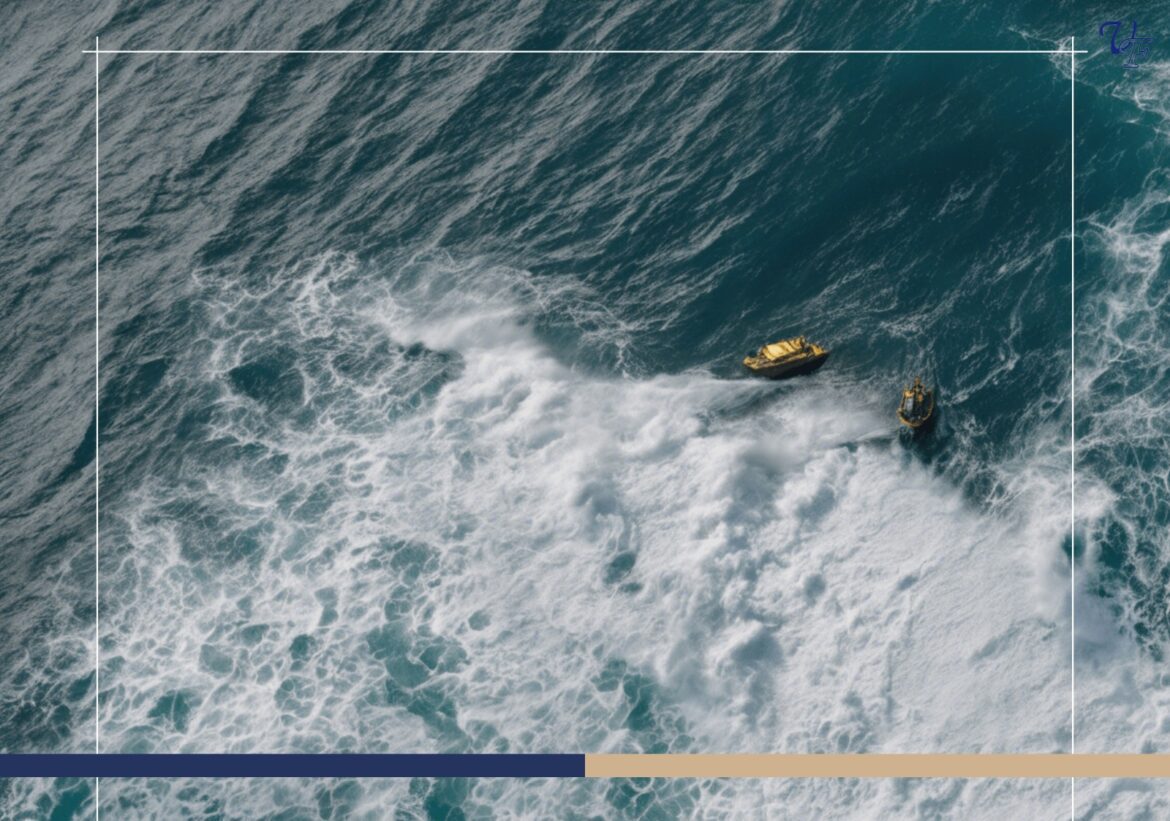
Costa Rica has always been a world leader in renewable energy, and now the country is exploring a new frontier: ocean waves. The E.Wave project, led by scientists at the Tecnológico de Costa Rica (TEC), is to harness wave energy to produce electricity efficiently.
With 92% of Costa Rica’s territory covered by the ocean, the potential is vast, estimated at 2.3 gigawatts of wave energy that can power 6 million Costa Rican homes every month. Nevertheless, challenges persist, particularly the high production costs of ocean energy, which can be four times that of wind or solar. The E.Wave project addresses these challenges by focusing on innovative technology.
The system employs a very simple three-step process: wave motion pushes on a floating buoy attached to an oscillating arm that drives an electric generator. This process converts energy from waves into electricity, making it a more competitive and cheaper renewable source.
Researchers also envision wave farms that could optimize energy extraction and reduce costs, powering coastal areas and diversifying Costa Rica’s energy grid.
One of the lead researchers, Juan Guerrero, highlighted that wave energy could significantly contribute to Costa Rica’s commitment to sustainability. Aligned with global carbon-neutrality goals for 2050, the project seeks to reduce the country’s carbon footprint by adding clean ocean energy to its renewable mix. Guerrero emphasized the broader vision of bringing this energy to coastal regions, improving access and sustainability for local communities.
Indeed, Costa Rica’s innovative initiatives concerning wave energy are in good coherence with what the world can actually ascribe to the country: sustainability globalization leader.
The E.Wave is, by its extensive ocean-based resources surrounding Costa Rica, and as of recent and up until today, in its early implementation period that shall take place, transforming how it will power for generations to come and the rest of the world through Costa Rica setting an example indeed.










